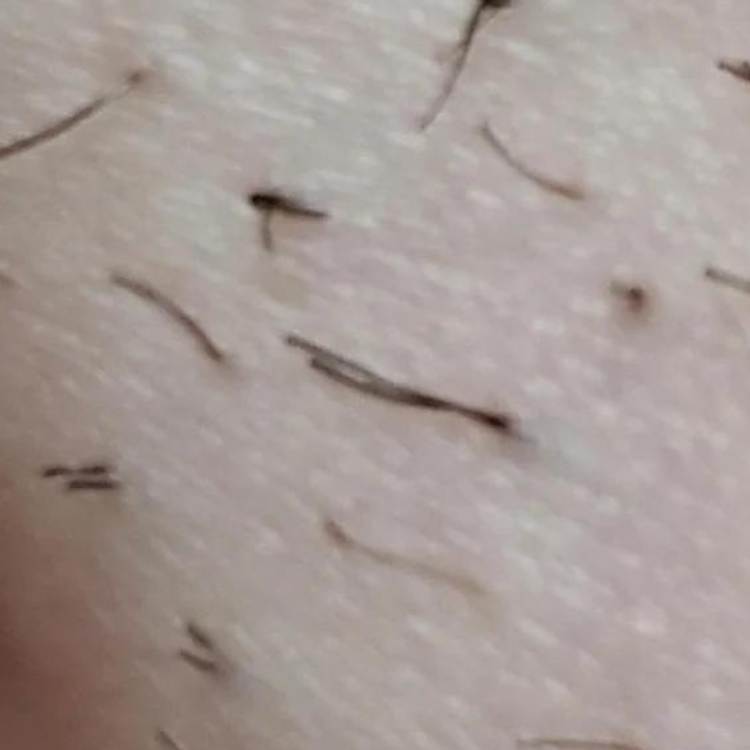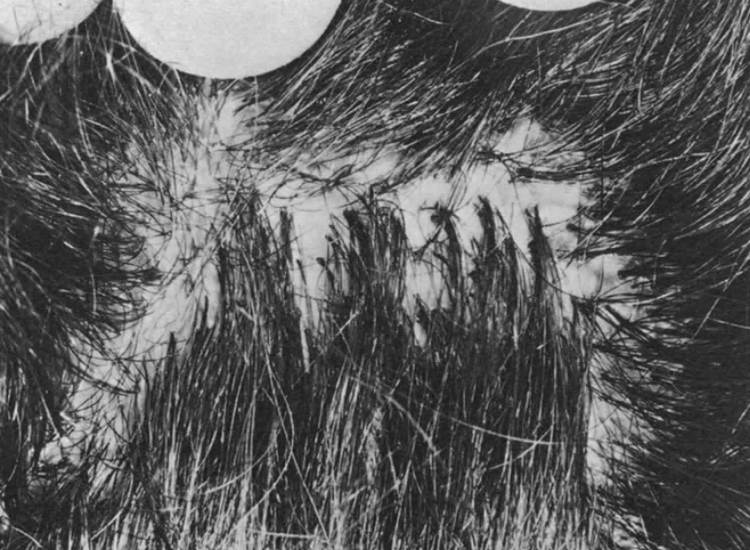
Hypertrichosis and hirsutism are commonly recognized hair growth disorders, yet you might have observed that your hair growth patterns don't align with typical excess hair growth scenarios. Instead, you could be experiencing a different condition altogether. If you notice multiple hair strands emerging from a single follicle and wonder whether this indicates a serious problem or poses any risk to your skin, you're not alone. You may also be questioning the prevalence of this condition among others and seeking effective solutions for management. Take a moment to relax, as what you're noticing could be a rare hair follicle disorder known as Pili Multigemini.
In this article, we will delve into the details of this unusual condition.
Table of Contents:
Part 1: Understanding Pili Multigemini

To comprehend whether you might be affected by this condition, it is crucial to first define Pili Multigemini.
Definition
The term "Pili" translates to "hair," while "Gemini" signifies "twins." Therefore, when we look at it literally, Pili Multigemini refers to "hair with multiple twins." Simplifying this further: it is characterized by a single hair exhibiting two, three, four, or even more branches. This means that multiple hair strands can originate from one follicle, resembling a tree with a singular trunk and numerous branches.
Signs and Symptoms
One of the initial indicators of Pili Multigemini is observing several hair strands emerging from a single follicle. On the skin's surface, you will notice the divided portions of the hair rather than distinguishing individual roots. This phenomenon can manifest on children's scalps or men's beards, and it may also occur in other areas of the body, including in women. If you observe multiple thick hair strands clustered together in one pore, it is indicative of Pili Multigemini.
Distinguishing It from Normal Hair Growth Patterns
To determine whether you have Pili Multigemini or a different condition, consider the following distinctions:
Comparing to Normal Growth Patterns
In typical hair growth, fine or coarse hair grows uniformly across various body parts, including limbs, face, and groin, with each follicle producing a single hair.
Comparison with Hypertrichosis
Hypertrichosis encompasses excessive hair growth across the entire body, particularly on the shoulders and back, giving the appearance of excessive body hair. However, in this condition, each hair strand is singular.
Contrast with Hirsutism
Hirsutism refers to excessive hair growth in areas where hair typically appears, such as the face, arms, and legs, primarily affecting women due to hormonal imbalances. The hair produced is usually thick, dark, and coarse, but it does not exhibit branching characteristics.
Prevalence
If you are curious about how rare Pili Multigemini is, it is important to note that this condition does not commonly appear in any given population. It typically does not elicit alarming symptoms, which means it is often discovered incidentally. Currently, limited research exists regarding the prevalence of this disorder, but studies suggest that only about 2% of the population may be affected. Further comprehensive surveys are necessary to ascertain its precise prevalence rates.
Part 2: Causes and Risk Factors of Pili Multigemini

Now that you have a better grasp of whether you might be experiencing Pili Multigemini, let us explore the potential causes behind this condition.
Genetics
Genetic factorsmultiple members
Developmental Defects
During prenatal development, hair follicles are formed. Although adult hair typically appears after puberty, any defects in follicular development occurring before birth can lead to the emergence of Pili Multigemini after delivery. This defect is most commonly visible on children's scalps.
Germ Cell Reactivation
Hair follicles originate from germ cells, much like other body cells. There exists a theoretical possibility that these germ cells within the






































